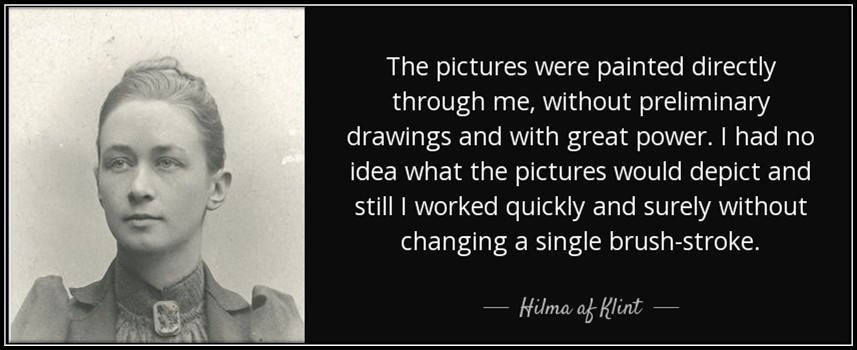Symbolic Art
Alexander Scriabin was deeply involved with symbolic art, particularly through his fascination with theosophy, occultism, and the concept of synesthesia, which is the blending of senses, such as seeing colors when hearing music. He incorporated these ideas into his compositions, notably in Prometheus: The Poem of Fire, which included a color organ to project lights synchronized with the music. Scriabin's symbolic art extended to his idea of "Mysterium," a multi-sensory performance that aimed to unite all the arts and achieve a spiritual transformation.
Symbolism in art is a late 19th-century movement that emphasized conveying ideas and emotions through symbolic imagery, rather than directly representing the natural world. It moved away from realism and naturalism, focusing instead on subjective experience, spirituality, and the unseen.
Symbolist artists sought to express inner emotions and ideas, rather than objectively depicting the external world. They used symbols, often drawn from mythology, dreams, and the subconscious, to represent deeper meanings and emotional states.
The movement was closely linked to literary Symbolism, drawing inspiration from poets and writers who explored similar themes. Symbolist artists aimed to convey their personal interpretations of the world, often exploring themes of spirituality, the occult, and the human psyche.
Symbolist art often features fantastical and otherworldly imagery, evoking a sense of mystery and the unknown.
(More to come soon...)
